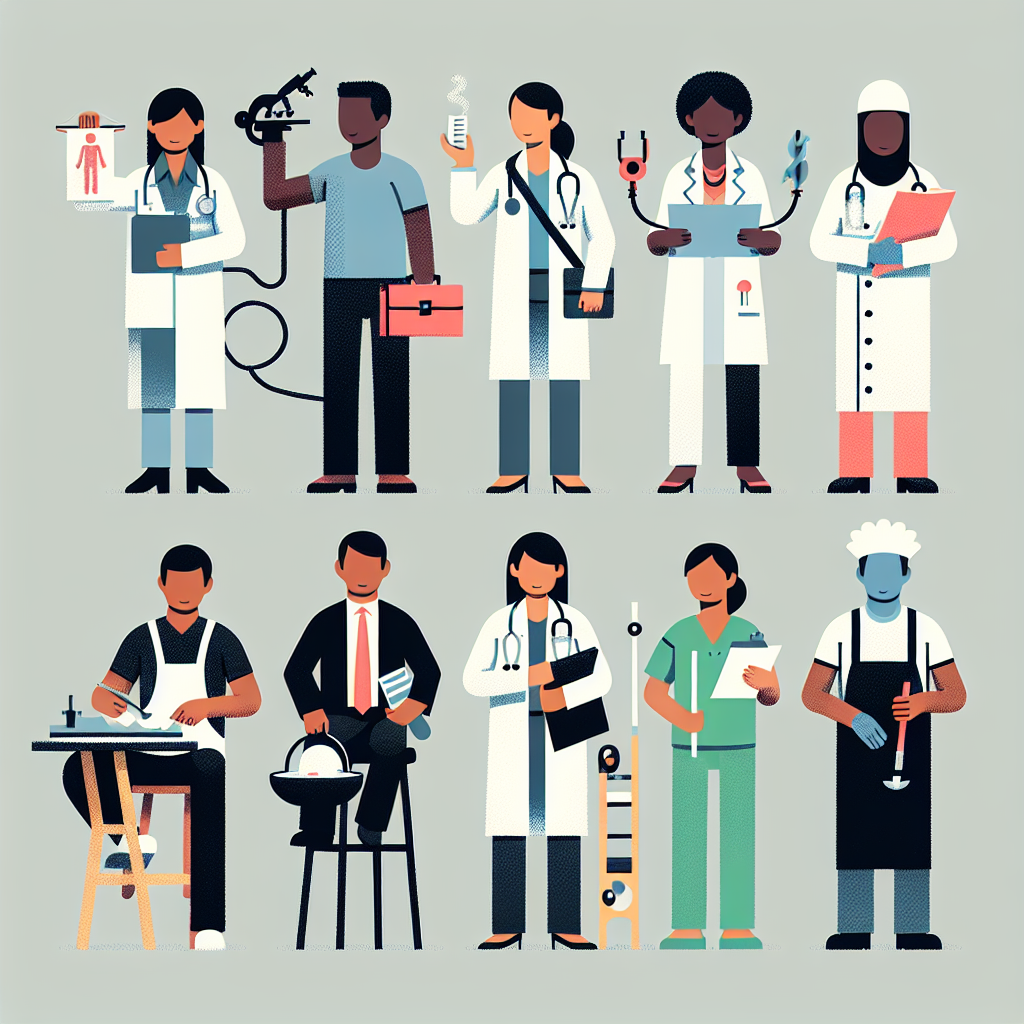Jobs That Change The World Simplified: Easy Steps To Learn. If you want an accessible roadmap to discover, train for, and get hired into work that makes a measurable positive impact, this post breaks the process into clear, practical steps you can follow without jargon or unnecessary complexity.
How to Learn Careers That Change the World — simplified approach
Start by clarifying what “change the world” means to you: public health improvements, climate solutions, equitable education, poverty reduction, or democratic strengthening. Narrowing your focus makes skill choices and learning paths actionable. Use a simple three-part loop: explore fields, build relevant skills, and get real-world experience. Repeat the loop to refine direction and increase impact.
1. Explore impact domains and job types
Not every impactful job looks the same. Common sectors include non-profit management, government policy, research, social enterprise, healthcare, environmental engineering, and education. Spend short, structured time—an afternoon each week—reading plain-language overviews and job descriptions to form a broad map of possibilities.
- Read sector summaries and career pages to spot roles that match your values.
- Talk to one or two people already working in fields you care about—informational interviews reveal realities beyond job postings.
- Use targeted resources for students and early-career applicants to find entry points and internships.
2. Choose a clear entry skill set and learn fast
Pick 1–2 high-leverage skills that open doors in your chosen sector. For example: data literacy for public policy, grant writing for nonprofits, teaching methods for education work, or GIS and carbon accounting for climate careers. Focused, project-based learning beats long, unfocused reading. Set a four-week sprint: complete a short online course, build a portfolio item, and write a one-page summary of what you learned and why it matters.
3. Get practical experience early
Practical experience is the fastest way to convert learning into a job. Volunteer projects, microinternships, freelance consulting for nonprofits, and student-led initiatives let you apply skills and create evidence of impact. If you’re in college or recently graduated, use campus or community networks to find short-term projects.
For students specifically searching for roles and internships, this guide to job boards tailored for college students is a helpful place to find both free and paid listing platforms: ultimate guide to job boards for college students in the USA — free and paid options.
Practical steps to accelerate entry
Follow this compact action plan over a three-month period to transform interest into opportunities.
- Week 1–2: Research three target roles and list required skills and common employers.
- Week 3–6: Complete one focused course and create a small project (report, lesson plan, prototype).
- Week 7–10: Volunteer or freelance on a relevant short project and request a testimonial.
- Week 11–12: Apply to entry-level roles or internships using your portfolio and testimonials.
Resources and credibility
To understand occupational outlooks and sector-level trends, consult reliable labor and career data. For example, the Bureau of Labor Statistics offers clear overviews of community and social service occupations that help set expectations about job growth and typical responsibilities: BLS overview of community and social service occupations.
Common pitfalls and how to avoid them
- Aimless learning: avoid consuming training without output. Always pair a course with a short, demonstrable project.
- Networking without reciprocity: build relationships by offering help, not just asking for favors.
- Waiting for the “perfect” job: entry roles and volunteer positions are valid paths to impact—start small and scale.
Quick checklist before applying
- One-line mission statement explaining why you care about the role.
- A short portfolio item that demonstrates relevant skill and impact.
- At least one reference or testimonial from a project you completed.
FAQ
Q: How long does it take to be ready for an entry-level impact job?
A: With focused effort (10–15 hours/week) you can be prepared for basic entry roles in 2–3 months by learning one core skill and completing a short project.
Q: Do I need a degree to work in high-impact roles?
A: Degrees help in certain fields (medicine, engineering, policy), but many social-impact roles prioritize demonstrable skills and experience. Short courses, volunteer projects, and targeted portfolios often substitute for formal credentials.
Q: How do I measure if a job is truly “changing the world”?
A: Look for measurable outcomes, transparency about impact, and evidence of sustained change (evaluations, data, beneficiary feedback). Jobs that enable or directly create these outcomes are more likely to have long-term effect.



